Innovations in Foam Cup Design
Innovations in foam cup design are emerging as a key driver in the Foam Cups Market. Manufacturers are increasingly focusing on enhancing the functionality and aesthetics of foam cups to attract consumers. Recent advancements include the development of insulated foam cups that maintain beverage temperature for extended periods, catering to consumer preferences for quality. Additionally, the introduction of customizable designs allows businesses to promote their brand effectively. This trend towards innovation not only enhances the user experience but also positions foam cups as a competitive option in the beverage service market. As these innovations continue to evolve, the Foam Cups Market is poised for growth, appealing to both consumers and businesses alike.
Cost-Effectiveness of Foam Cups
The Foam Cups Market is significantly influenced by the cost-effectiveness of foam cups compared to alternative materials. Foam cups are generally less expensive to produce, which appeals to businesses looking to minimize operational costs. This affordability makes foam cups a preferred choice for various establishments, including cafes, restaurants, and catering services. Market analysis suggests that the price advantage of foam cups could lead to a sustained increase in their usage, particularly in price-sensitive markets. As businesses strive to maintain profitability while providing quality service, the Foam Cups Market is likely to see continued growth driven by the economic benefits associated with foam cup usage.
Expansion of Food Service Sector
The expansion of the food service sector plays a crucial role in driving the Foam Cups Market. As the number of food service establishments continues to grow, the demand for disposable beverage containers, including foam cups, is likely to increase. This trend is particularly pronounced in fast-food chains, coffee shops, and catering services, where efficiency and convenience are paramount. Market data indicates that the food service industry is projected to grow at a steady rate, further bolstering the need for foam cups. As businesses seek to streamline operations and enhance customer satisfaction, the Foam Cups Market stands to benefit from this expansion, ensuring a steady demand for foam cup products.
Rising Demand for Disposable Products
The Foam Cups Market experiences a notable increase in demand for disposable products, driven by the growing preference for convenience among consumers. As lifestyles become busier, the need for single-use items, such as foam cups, appears to rise. This trend is particularly evident in the food and beverage sector, where takeout and delivery services flourish. According to recent data, the disposable cup segment is projected to grow at a compound annual growth rate of approximately 4.5% over the next few years. This growth indicates a robust market for foam cups, as they offer lightweight, cost-effective solutions for consumers seeking convenience. The Foam Cups Market is likely to benefit from this trend, as manufacturers adapt to meet the increasing demand for disposable options.
Environmental Considerations and Recycling Initiatives
Environmental considerations are becoming increasingly relevant in the Foam Cups Market. While foam cups have faced scrutiny due to their environmental impact, there is a growing emphasis on recycling initiatives and the development of eco-friendly alternatives. Some manufacturers are exploring biodegradable foam options, which could mitigate environmental concerns. Additionally, educational campaigns aimed at promoting proper disposal and recycling of foam products are gaining traction. This shift towards sustainability may influence consumer preferences, as environmentally conscious choices become more prevalent. The Foam Cups Market may need to adapt to these changing dynamics, potentially leading to a more sustainable future for foam cup production and usage.


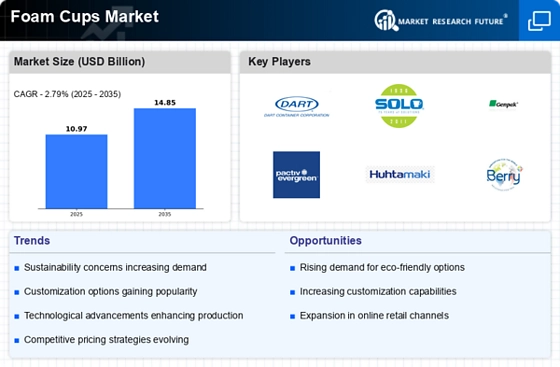
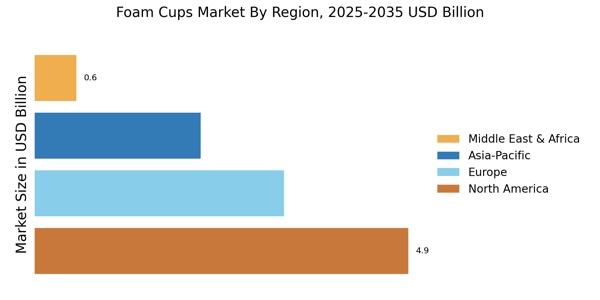
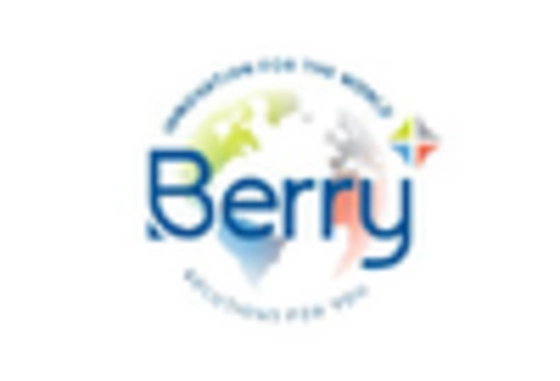
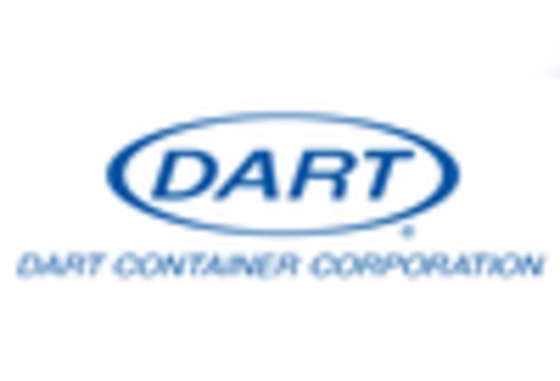
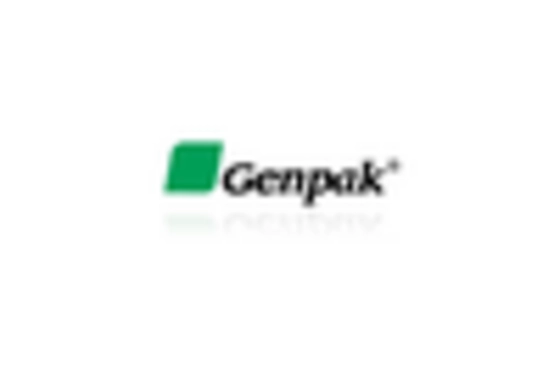
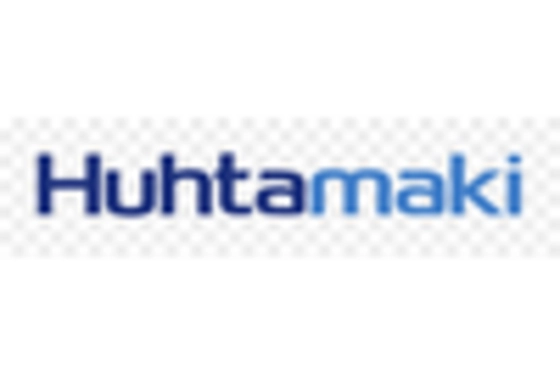
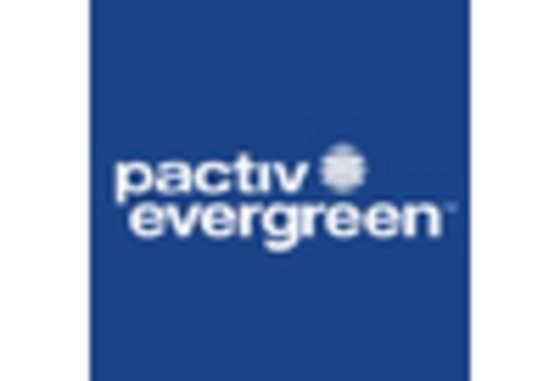
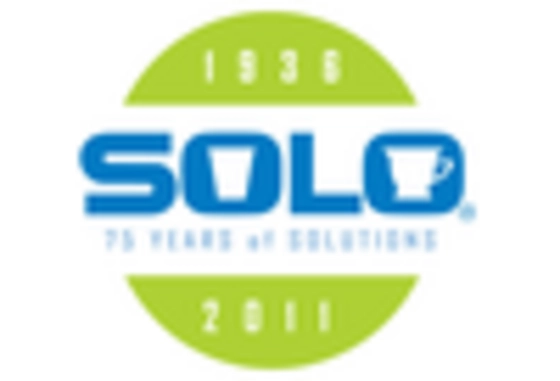








Leave a Comment